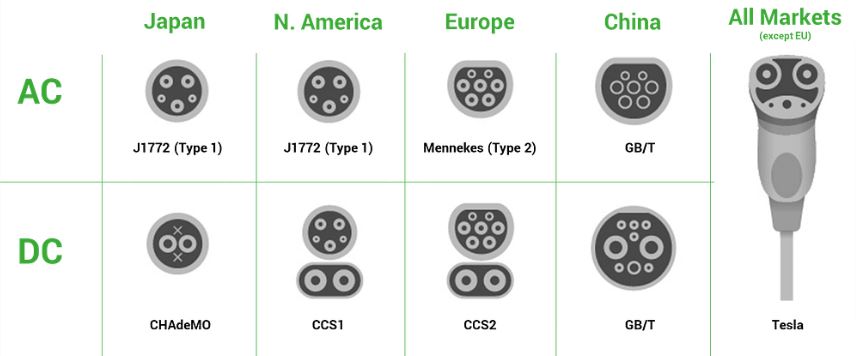Electric Vehicles (EVs) have been transforming the automobile sector by providing eco-friendly solutions. The charging system of the EVs maintains EVs in an efficient state. Let’s get into the details of EV charging systems and see why they are important.

EV Charging System:
An EV charging power station connect the electric vehicle to an external power source for store of energy. This energy is stored in the battery of EV car which supply the powers to electric motor. It ensures a smooth transfer of electricity, monitors charging system and manages.
EV Charging Systems type:
There are many different ways to charge electric car’s battery and they are based on their power output, speed, and connectivity features:
- (AC) Charging
Power Output: 120 volts
Speed: Slow (ads about 4–5 miles of range per hour)
Use Case: Home charging via standard outlets Level 1 is easiest way to charge. It is mostly suited for overnight charging or light usage.
b. Level 2 Charging (AC)
Power Output: 240 volts
Speed: Moderate (adds about 25–30 miles of range per hour)
Use Case: Residential or public charging stations Level 2 chargers are faster and more efficient for daily EV users.
c. DC Fast Charging
Power Output: 400–800 volts (or more)
Speed: Rapid (adds about 100–200 miles of range in 20–30 minutes)
d. Wireless Charging
Technology: Inductive charging pads
Use Case:
Upcoming innovation for seamless and cable-free charging is futuristic approach. It removes the hassle of cables and remains in early stages of adoption.

Key Components of an EV Charging:
- On-Board Charger (OBC): The function of OBC is to Convert AC power to DC power for battery storage.
- Charging Connector: The connector is the type of plug or gun that help to connect the electric vehicles to the charging station to recharge the vehicles battery.
- Battery Management System (BMS): Monitors the batteries discharge rate, operating range, maximum energy density (for long route), high life cycle of the battery and safe operation.
- Power Electronics: the function of power electronics to convert the energy AC to DC or DC to AC and transfer safe and efficient energy to battery or motor.
Smart Charging: The Next Evolution
Smart charging integrates advanced software systems to optimize energy usage. Features include:
Vehicle-to-Grid (V2G) Technology: This technology is the two-way flow of electricity between an EV and the power grid.
Mobile App Connectivity: this is the internet of things base system to connect the mobile with the electric car through internet to monitor your car battery remotely to check there charging percentage.
Infrastructure Development for EV:
The expansion of charging infrastructure plays a vital role on the large scale of EVs. Governments and private sector worldwide are investing in the EVs:
Public Charging Networks: Installed the charging stations and Scale up the accessibility for users.
High-Powered Chargers: It is a form of direct current (DC) charging in which very high capacities of over 100 kilowatts (kW) are used for charging.
Renewable Integration: Solar power production or wind turbine enhance sustainability.
Installation Challenges:
Standardization: Varying connector types and charging protocols can create compatibility issues.
Cost: Cost of batteries, installation of charring stations these things are very expensive.
Battery Degradation: Fast charging can reduce battery life and Memory effect of partially Discharged cells, environment impact and recycling.
Conclusion:
The charging system in electric vehicles is expensive it is not just a plug; it’s a technological cornerstone driving the EV revolution. By improving efficiency, accessibility, and reducing time of the charging battery, these systems are paving the way for a smarter transportation future. As the world shifts towards renewable energy, advancements in charging systems will play the main role in this transition.

